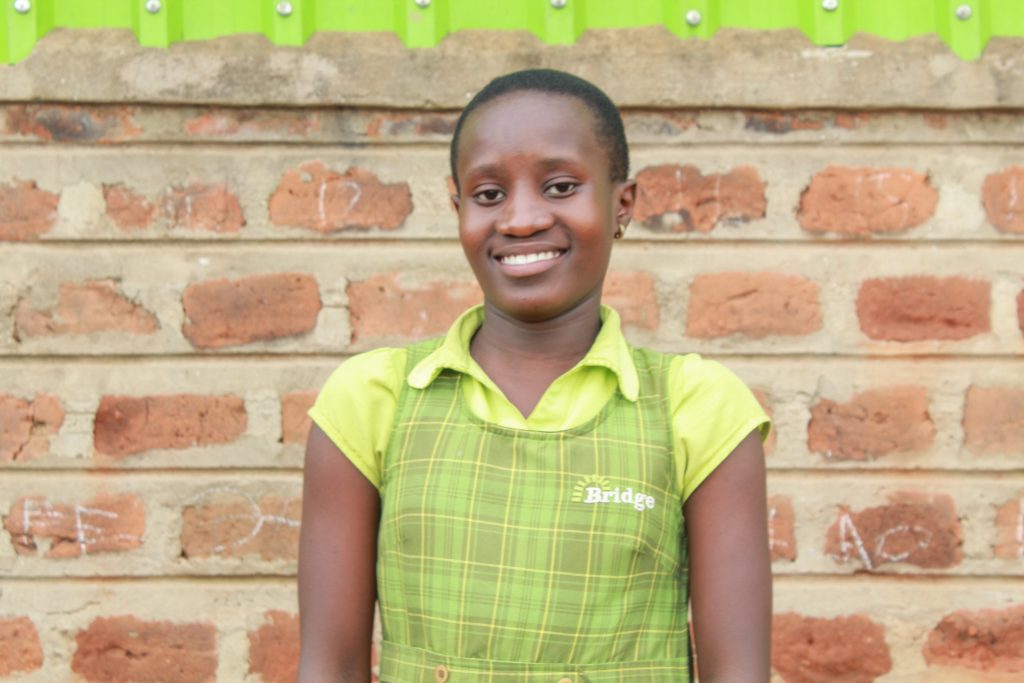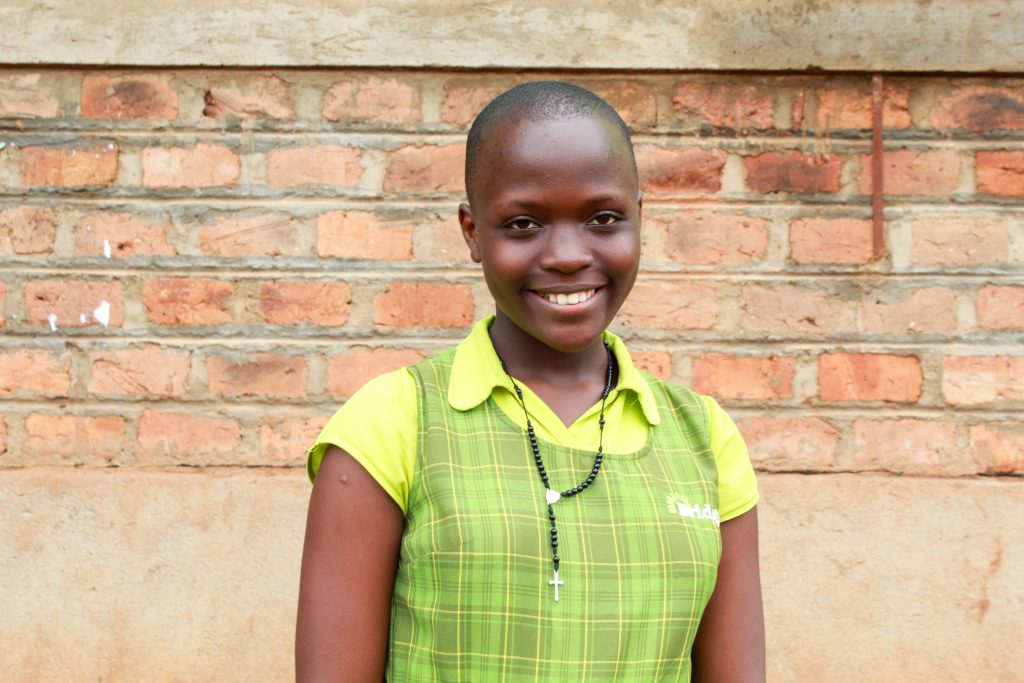Empowering women and girls amid the Covid-19 pandemic
Today, 11 February, the United Nations, partners worldwide, women and girls are marking the International Day of Women and Girls in Science. The Day focuses on the reality that science and gender equality are both vital for the achievement of internationally agreed development goals, including the 2030 Agenda for Sustainable Development.
For the third year in a row, the world is marking this Day amid the Covid-19 pandemic. The pandemic has had a disproportionate social and economic impact on women and girls, as many have borne the brunt of childcare duties, dropped out of school, or lost jobs in sectors most affected – and this includes women scientists.
Every corner of the world has felt the devastating impact of the pandemic, and women and girls in science are on the front lines of response. They are healthcare workers and innovators. They are researching vaccines and pioneering treatments. They are leading us toward a safer world, and inspiring the next generation of girls to be forces of good in science and technology.
Uganda’s COVID-19 shutdown of schools was the longest in the world, lasting just under two years, from 18 March 2020 to 10 January 2022, severely disrupting the education of over 10 million children. Despite the odds against them, there are girls who have defied the norms and are now celebrated by everybody.

Midrine Kisakye comes from Maganjo parish in Kawempe municipality and attended a Bridge school, sitting for the PLE in 2021 at Jinja Karoli. Her father is an engineer and Mildred wants to follow in his footsteps and become an engineer herself.
“My father sent me to school and he was deliberate about sending all of us to school — boys and girls. We were all encouraged to be our best. When I came to school at Bridge, my teachers played a big role. The teachers speak to children in a friendly and encouraging way. Girls need to be encouraged so as to look at themselves as equally good and succeed in the field of science,” says Mildred.
Throughout the pandemic, women and girls have carried the vast burden of care, with thousands of girls dropping out of school. There has also been an increase in all types of violence against women and girls, particularly domestic violence.
The pandemic interrupted the physical classroom learning, with most school providers shifting to online and remote based learning. However, many children from poor backgrounds were disadvantaged, with girls bearing the most visible bruises.
As the world marks this year’s International Day of Women and Girls in science, urgent actions are needed to address the digital gender divide by supporting initiatives that provide women and girls in all areas with affordable, reliable and safe access to digital resources.
Bridge schools Uganda created a remote learning programme called Bridge@home for pupils which included WhatsApp quizzes, lesson guides, self-study packs and digital story packs which kept all our pupils, girls inclusive, busy and engaged at home.

When the 2020 PLE results were released, Bridge girls were among the top celebrated candidates in the country. Batamuriza Judith, a 15-year old girl from Nansana municipality emerged at the top, scoring a division 1 with an aggregate of 8 points. She credited her stellar performance to the use of the Bridge@home learning materials.
Throughout her primary school education, Batamuriza enjoyed science lessons a lot. Her dream is to go to a medical school and train as a doctor.
Women and girls have made groundbreaking contributions in the fields of science. However, traditional gender roles continue to create a gap between males and females in education and career paths.
Every child needs a certain foundation in their academic environment to succeed. For girls, this is particularly important as they may be raised in a household that inhibits their potential, be it intentional or an unconscious bias.
Bridge empowers and supports girls to succeed in the classroom and fulfil their potential in life. Through gender sensitive instruction, they have commissioned all of their artwork and creative stories in text-books and work-books to ensure equal visibility of male and female characters, and specifically represent female characters in powerful, unconventional roles. Teachers are trained to call on both boys and girls in the classroom to ensure equal participation.

